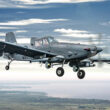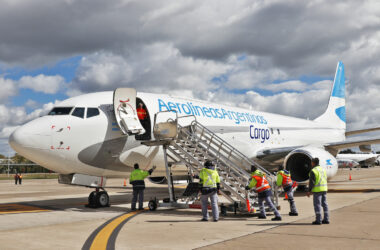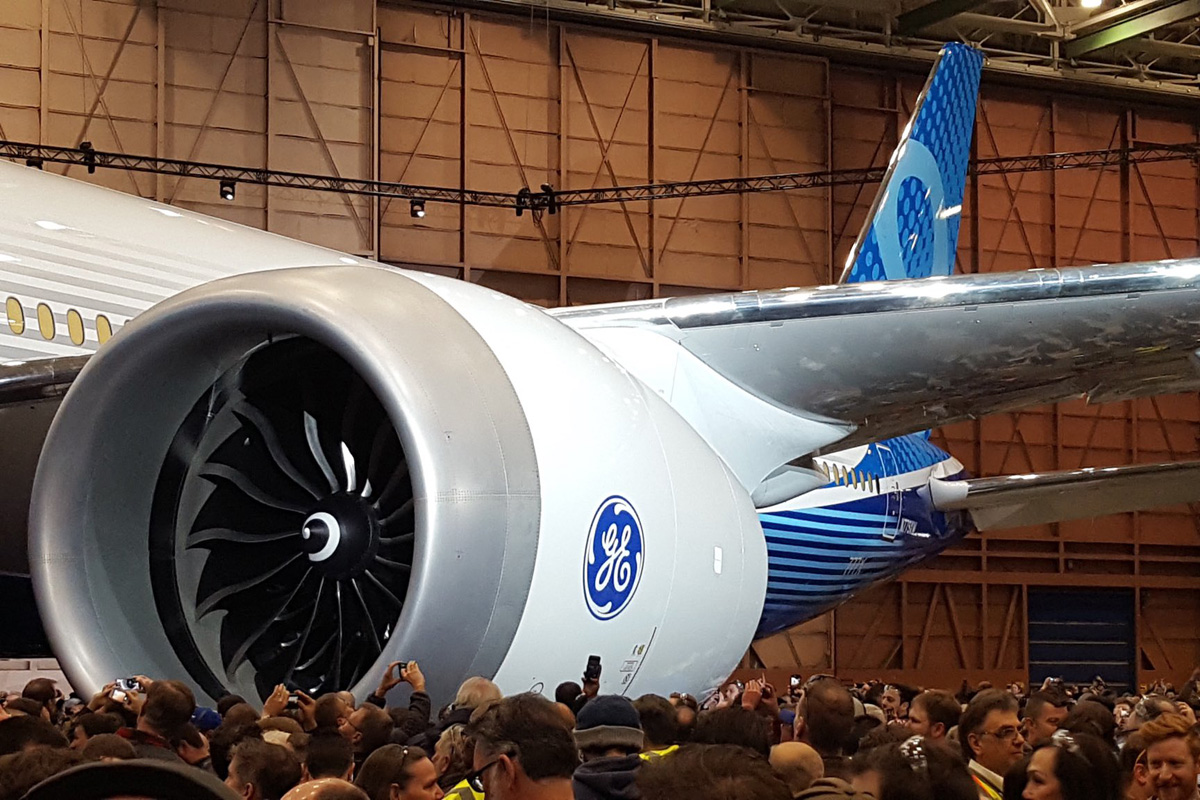Airbus has dismissed speculation about an imminent launch of the so-called A220-500, a high-capacity variant of the jetliner originally developed by Bombardier.
According to a Bank of America report that was published this week, the European planemaker could unveil the new passenger jet during the Paris Air Show, which will take place from June 18.
To Reuters, Airbus said that “the A220-100 and the A220-300 are priority and we do not intend to launch a new variant in the current environment”, referring to the two models currently in production and that can carry between 120 and 160 passengers.
Popular posts
[wpp range=’last24hours’ wpp thumbnail_width=100 thumbnail_height=75 limit=3 stats_views=0 order_by=’views’]Guillaume Faury, CEO of Airbus, has previously admitted that the “A220-500” is being evaluated, but gave no details about the model’s characteristics.
It is believed that the new variant will have capacity for around 170 to 180 passengers by extending the length of the fuselage.
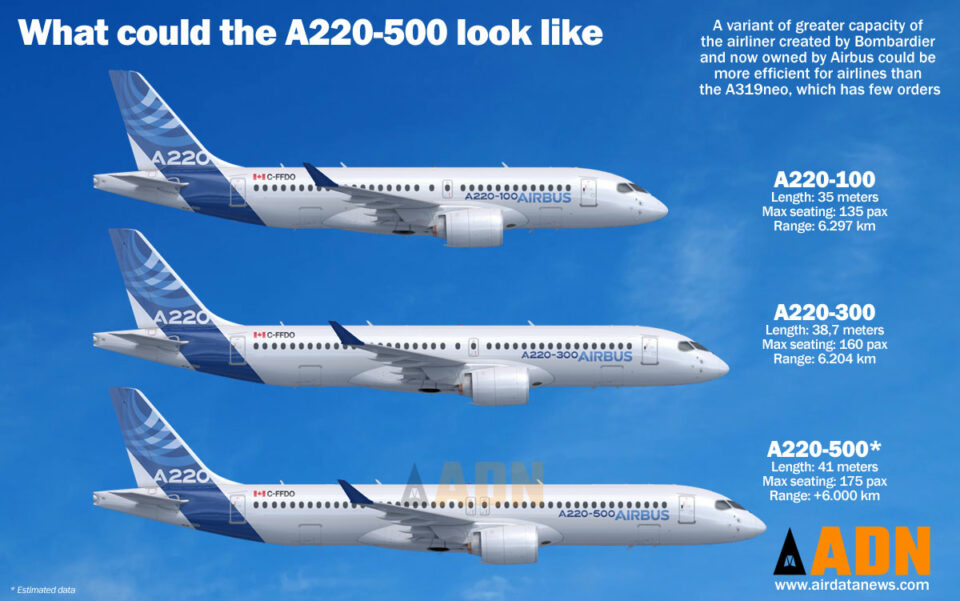
In theory, the aircraft could offer a very low cost per seat to the point of competing with the A320neo and the Boeing 737 MAX 8 on certain medium-duration routes – the range would be no match, but the jet would compensate by consuming much less fuel.
A broader lineup of jets would also help the programme, born as the C Series by Bombardier, to offset ongoing losses as it would dilute development and production costs.
New wings and engines
Under the care of Airbus, the A220 has expanded its sales and deliveries, however, it is still being improved by the company, which seeks to optimize its production and improve its performance and availability.
Follow ADN: Instagram | Twitter | Facebook
The A220-500, on the other hand, may only be launched in the middle of the decade, with entry into service around 2030, says Reuters.
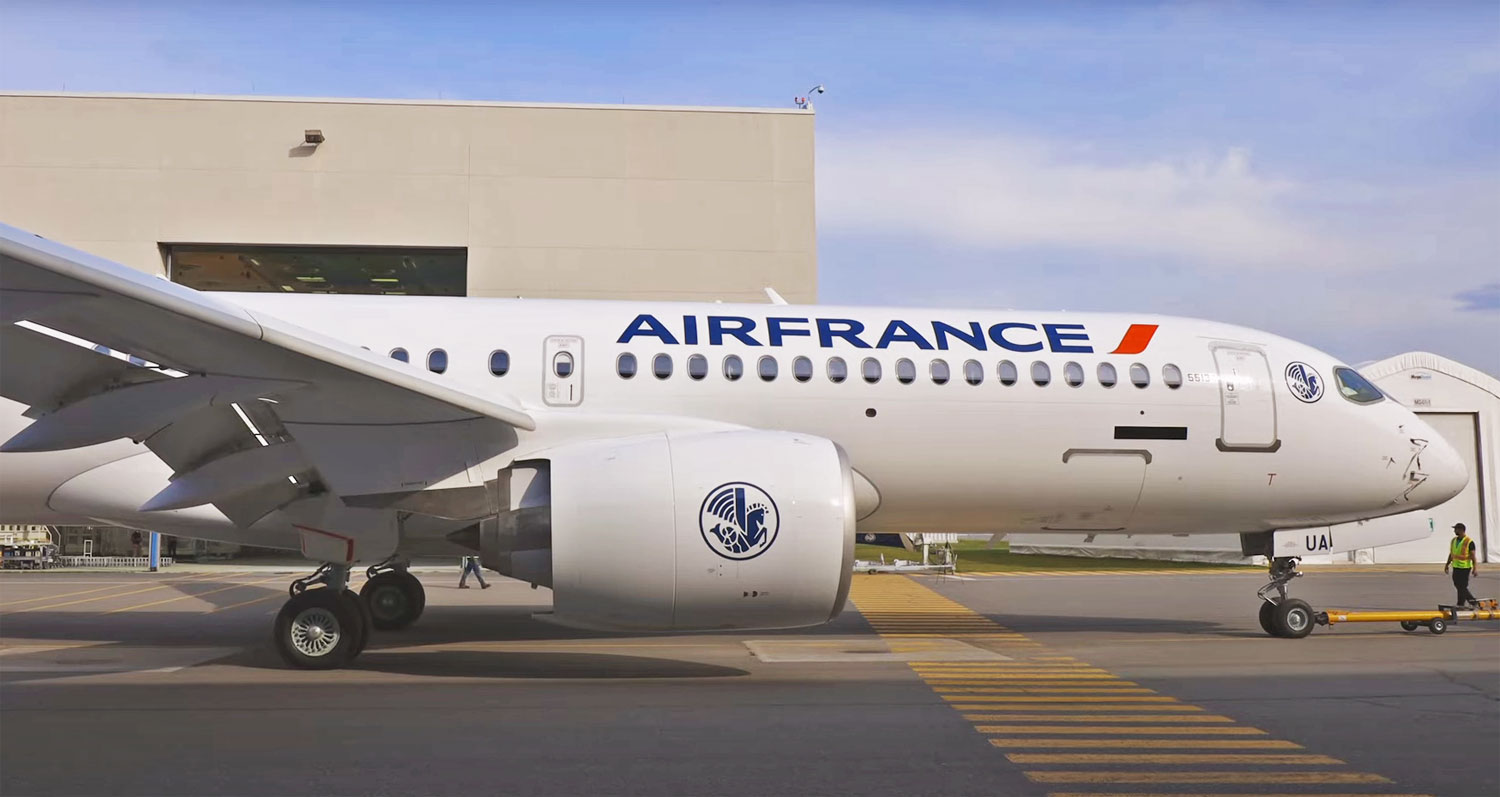
The long time may even allow changes in the project, such as the adoption of a new wing and a new engine.
Like Embraer’s E2 series, the A220 depends only on the Pratt & Whitney GTF turbofan, which has been presenting problems to operators.



